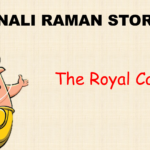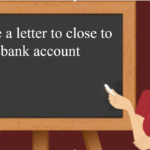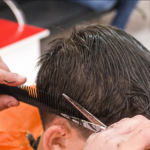1) Question: Identify the action verb in the sentence: “She sings beautifully.”
A) Beautifully
B) She
C) Sings
A) Beautifully
B) She
C) Sings
Show/Hide
Answer: C) Sings
Explanation: “Sings” is the action verb expressing the action of singing.
2) Question: Choose the correct linking verb in the sentence: “The cake smells delicious.”
A) Cake
B) Delicious
C) Smells
A) Cake
B) Delicious
C) Smells
Show/Hide
Answer: C) Smells
Explanation: “Smells” is the linking verb connecting the subject “cake” to the complement “delicious.”
3) Question: What is the helping verb in the sentence: “They have completed the project.”
A) Have
B) Completed
C) They
A) Have
B) Completed
C) They
Show/Hide
Answer: A) Have
Explanation: “Have” is the helping verb indicating the completion of the action.
4) Question: Identify the modal verb in the sentence: “You should visit the museum.”
A) You
B) Visit
C) Should
A) You
B) Visit
C) Should
Show/Hide
Answer: C) Should
Explanation: “Should” is the modal verb expressing advice or recommendation.
5) Question: What type of verb is “jumped” in the sentence: “The cat jumped onto the table”?
A) Transitive verb
B) Intransitive verb
C) Action verb
A) Transitive verb
B) Intransitive verb
C) Action verb
Show/Hide
Answer: C) Action verb
Explanation: “Jumped” is an action verb indicating the cat’s movement.
6) Question: Choose the correct direct object for the transitive verb “read” in the sentence: “She read a book.”
A) She
B) Read
C) Book
A) She
B) Read
C) Book
Show/Hide
Answer: C) Book
Explanation: “Book” is the direct object receiving the action of reading.
7) Question: Identify the phrasal verb in the sentence: “We need to look up the information.”
A) Need
B) Look up
C) Information
A) Need
B) Look up
C) Information
Show/Hide
Answer: B) Look up
Explanation: “Look up” is a phrasal verb, consisting of the main verb “look” and the particle “up.”
8) Question: What is the dynamic verb in the sentence: “She paints landscapes.”
A) She
B) Paints
C) Landscapes
A) She
B) Paints
C) Landscapes
Show/Hide
Answer: B) Paints
Explanation: “Paints” is the dynamic verb expressing the action of creating paintings.
9) Question: Choose the stative verb in the sentence: “He knows the answer.”
A) He
B) Knows
C) Answer
A) He
B) Knows
C) Answer
Show/Hide
Answer: B) Knows
Explanation: “Knows” is a stative verb indicating a state of knowledge.
10) Question: Identify the irregular verb in the sentence: “They ate dinner.”
A) They
B) Ate
C) Dinner
A) They
B) Ate
C) Dinner
Show/Hide
Answer: B) Ate
Explanation: “Ate” is an irregular verb in the past tense of “eat.”





